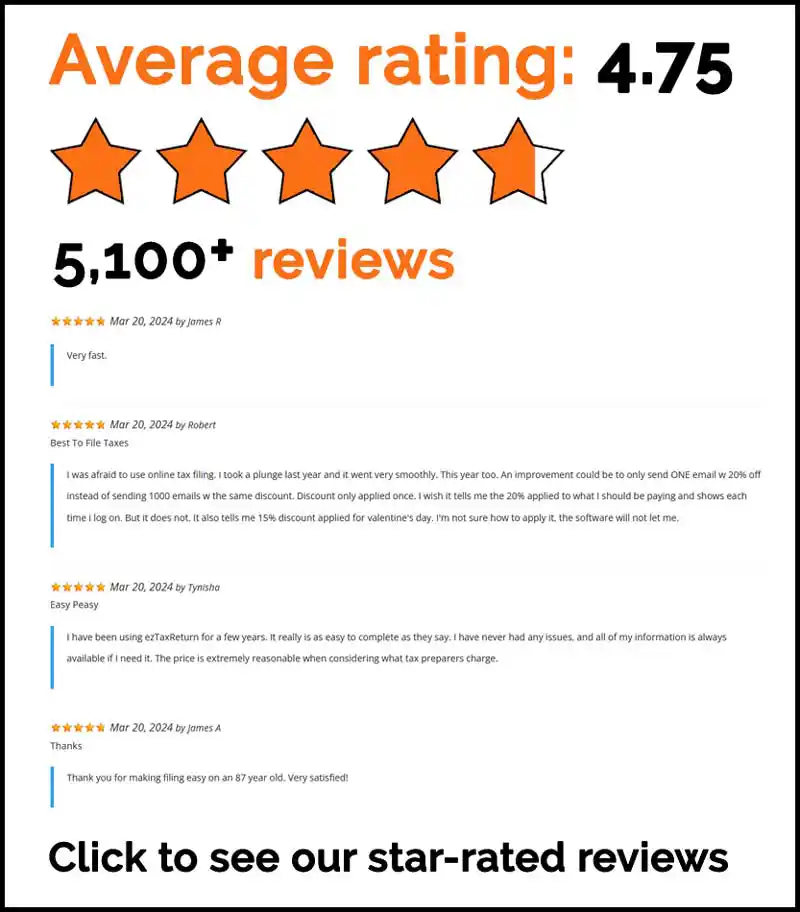There is a lot to love about being self employed. You get to set your own hours, work from where you want and if you are successful even pick and choose the clients you work with. With so many benefits, it is no wonder so many workers dream of leaving the office and setting up their own businesses.
That freedom is enticing, but it comes at a heavy, and highly taxing price. When you are self-employed, you are both an employer and an employee, and that means you could face higher taxes even for the same amount of income.
As a self-employed individual chances are you will have to make quarterly tax payments to the IRS. While employees can simply have their taxes withheld from their paychecks, the self employed are responsible for settling up with the tax agency, and that can put a strain on their earnings and their finances.
How do I know if I need to pay estimated taxes?
Most people need to make estimated tax payment if both of the following apply:
- You expect to owe $1,000 or more in taxes for the tax year after subtracting your withholding and refundable credits.
- You expect your withholding and refundable credits to be less than 90% of the total tax on your current year’s tax return, or 100% of the total tax on your previous year’s return.
When are quarterly estimated tax payments due?
Your estimated tax payments are due four times a year on the following dates:
| Quarter | Payment Period | Due Date |
| 1st | January 1st – March 31st | April 18, 2023 |
| 2nd | April 1st – May 31st | June 15, 2023 |
| 3rd | June 1st – August 31st | September 15, 2023 |
| 4th | September 1st – December 31st | January 16, 2024 |
How to pay estimated taxes
There are several ways to get your quarterly tax payment to the IRS. You can use any of the following methods:
- Your IRS online account
- IRS Direct Pay
- Debit or credit card (a convenience fee applies)
- Electronic Fund Withdrawal (EFW)
- Mail a check or money order with Form 1040-ES
4 Tips for Making Your Quarterly Tax Payments Less Painful
Here are some tips for making your payments easier to manage.
Set Up a Separate Business Bank Account
One of the smartest things you can do when you are self-employed is to establish a separate business bank account. Having your self employment earnings go into a separate account will make your life easier in many different ways, and that includes settling up with the IRS.
It can be dangerous to co-mingle your business and personal expenses, and having a separate bank account can reduce that risk. Paying your bills out of the same account that receives your earnings can also make tax time easier and your tax returns more accurate.
Funnel Your Earnings Into a High Interest Savings Account
It is important to have a checking account for your business, but you might want to set up a high yield savings account as well. Earning extra on your money can make taxes less painful, giving you a bigger bang for your IRS bucks.
You will want to funnel as much of your earnings into the savings account as possible, making sure you have at least enough set aside to pay those quarterly tax bills. You can use past tax returns, along with anticipated current earnings, to determine both how much to set aside and how much to pay when the due dates roll around.
Reserve a Third of Your Earnings
The amount you owe to the IRS will depend on a number of factors, including how much you earn from your self-employment, the presence of any other income and how many deductions you are able to take. Even so, a good rule of thumb is to reserve a third of your self-employment income for taxes.
Reserving a third of your income could be difficult, but being in arrears to the IRS will be even worse. Those penalties and interest can really add up, and you do not want to fall behind on what you owe.
Bank Your Tax Refund
If you are lucky enough to get some of that money back, banking your refund can make next year’s payments easier to handle. You can maximize the value of that refund by putting it into your high yield savings account.
You can also maximize the value of any tax refunds by investing it in tax saving investments like a solo 401(k) plan, a health savings account or a SEP-IRA. The more deductions you find the less you will have to pay in future self employment taxes.
Set Reminders for Your Quarterly Tax Payments
Last but not least you will want to set reminders for your quarterly tax payments. It is easy to forget about those due dates, especially when you are busy running your business and working with your clients. Setting reminders will help ensure you never miss a payment, so you can stay on the good side of the IRS.
Being self employed can be great, but it is important to understand and abide by your tax obligations. The self-employed face additional tax hurdles, and forgetting about those requirements could cause big problems down the line.
File your self-employment taxes the fast and ez way with ezTaxReturn.com. We can help you maximize your deductions and tax savings, so you get your biggest possible refund.




